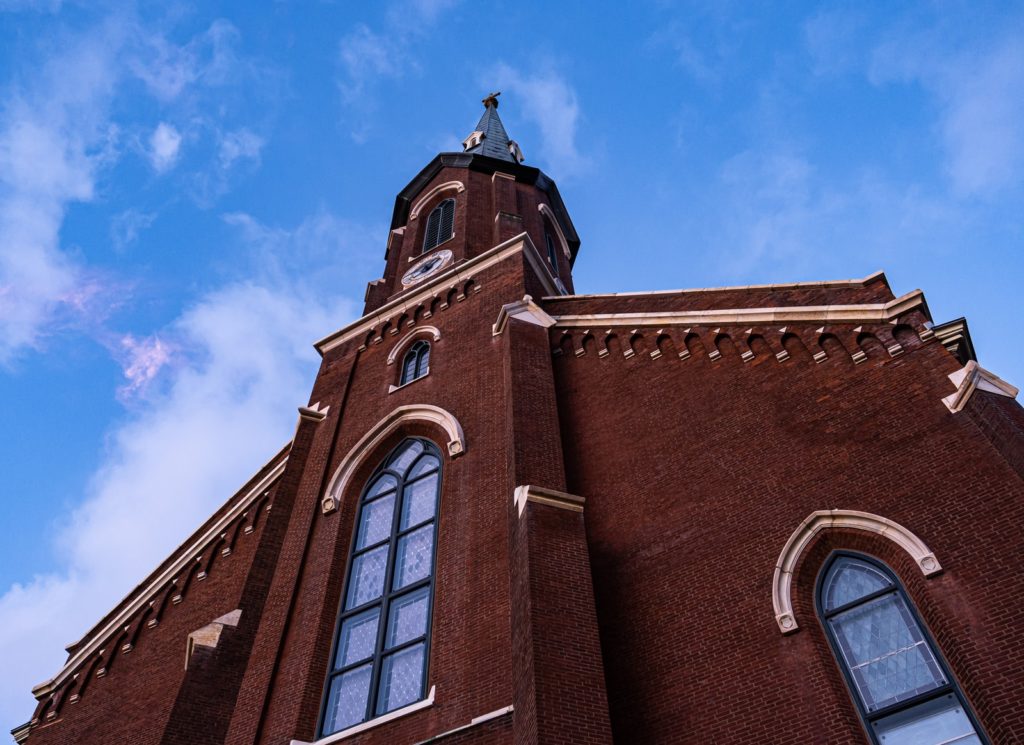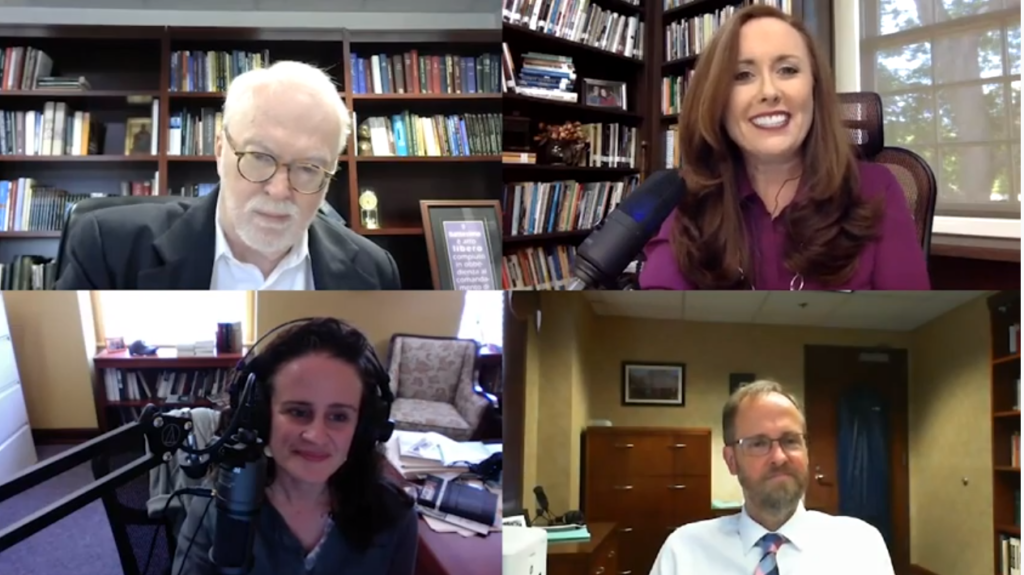By Martha Simmons
Correspondent, The Alabama Baptist
Churches around the country are quietly contemplating when, how – and even if – they will be able to safely re-establish traditional in-person worship services in the midst of a still-active pandemic.
Over the past few months, traditional church services and activities have figured prominently in the spread of the novel coronavirus – also known as COVID-19 – and have qualified as “superspreader events,” according to the Centers for Disease Control and Prevention (CDC).
Some notable outbreaks occurred in March, before the scale of the coronavirus threat was well understood. More recent infections have accompanied the resumption of in-person services in some locations. Here are some examples:
March
- At an Arkansas church, the pastor and his wife tested positive for the virus just days after attending several days of events and exposing 92 people. Thirty-five attendees (ages 18 to 65 and older) later tested positive for COVID-19. Three ultimately died.
- In Skagit County, Washington, a single person unknowingly carrying the coronavirus and attending a 2.5-hour choir practice infected 53 people. Three of them were hospitalized and two died.
- Some 120 people from seven predominantly African-American Baptist churches gathered at a church in Fairmont, Virginia, to celebrate a pastor’s anniversary. Two weeks later, an 88-year-old choir member became the first coronavirus fatality in the state. A 62-year-old minister died on Good Friday. In the ensuing days and weeks, many others – including children – became sick and some were hospitalized.
April
- A Baptist church in Ringgold, Georgia, reopened in-person worship services, following established social distancing and other guidelines, but had to suspend them again two weeks later after several families in attendance contracted the virus.
May
- A Catholic church which had also followed established cleaning and social distancing guidelines closed after multiple members contracted the virus, the priest died and a number of members of the priest’s order tested positive for COVID-19. That church also decided to suspend in-person services for the time being.
- Butte County, California, health officials notified more than 180 who attended an in-person Mother’s Day church service that they would have to self-quarantine for two weeks after being exposed to a single person who tested positive for COVID-19 the day after the service.
June
- Eight members of a church in Ider, Alabama, tested positive for coronavirus after the church resumed in-person gatherings in mid-May after Alabama Gov. Kay Ivey lifted the restrictions on gathering sizes.
The new normal
Many health experts and religious leaders expect that it will be a long time before things return to normal, and some suspect that changes made to traditional worship services may end up being permanent.
As churches contemplate a return to in-person worship and church activities, the Southern Baptist Convention’s Ethics & Religious Liberty Commission (ERLC) recommends that leaders:
- Identify sources of reliable, objective data about local spread of the disease
- Assess infection risks associated with pre-pandemic practices such as handshakes, hugs and other greetings, pew seating, fellowship meals, passing the offering plate, sharing communion and even singing
- Clearly – and frequently – communicate plans about new safety measures and the reasons behind them
- Encourage people, and understand any anxieties and reluctance associated with returning to church.
Since every community is experiencing the pandemic in different ways, and no two churches are alike, ERLC notes that many churches are phasing in their return to in-person gatherings and following government and CDC recommendations.
Helpful resources
While health officials watch eagerly for the “flattening of the curve” in new COVID-19 cases, government and faith leaders have been on their own steep learning curve in order to determine how to respond to a threat to everyday life that didn’t even exist a few months ago.
While much remains unknown about the novel coronavirus, faith leaders do have access to solid information and expert advice as they navigate the risks and benefits of returning to in-person worship services.
Just the facts
Good data makes for good decisions when you’re trying to keep track of a rapidly evolving situation like the coronavirus pandemic. Two excellent sources of objective and current state and county data are these online dashboards:
- Alabama’s COVID-19 Data and Surveillance Dashboard, updated multiple times daily by the Alabama Department of Public Health: https://covid19.alabama.gov/#live-updates
- Alabama COVID-19 Case Tracker – real-time updates from multiple sources, accompanied by helpful graphs and charts comparing case growth to testing and more for Alabama and our counties: https://bamatracker.com/
How-tos
- The Malphurs Group, a church strategic planning consultancy, offers a simplified guide in “The Ready to Reopen Checklist,” downloadable from https://malphursgroup.com/wp-content/uploads/2020/04/Ready_To_Reopen_Church_Checklist_TMG.pdf.
- The Alabama Baptist State Board of Missions has posted its “Preparing for What’s Next” guide here: https://alsbom.org/reopen/
- The Alabama Department of Public Health sets forth “Guidelines for Places of Worship” in this one-page flyer: https://alabamapublichealth.gov/covid19/assets/cov-sah-worship.pdf
- For a wealth of information, including webinars, tip sheets, podcasts, news articles, a downloadable manual and links to even more resources, visit the “Reopening the Church” website presented by The Humanitarian Disaster Institute and National Association of Evangelicals: https://www.reopeningthechurch.com/.
- For a thoughtful look ahead to the future, check out the article “What Relaunching the Church Might Look Like Over the Next 3-12 Months” in Christianity Today by Ed Stetzer and Josh Laxton of The Billy Graham Institute: https://www.christianitytoday.com/edstetzer/2020/april/what-relaunching-church-might-look-like-over-next-312-month.html.






Share with others: